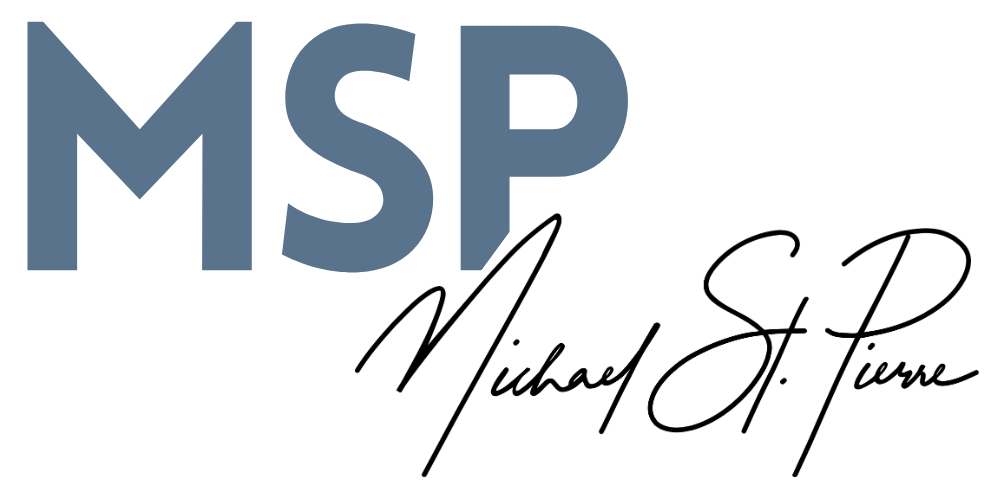It's cool to know how to pray. It's nice to read books about prayer. It can feel good to pray. Underneath all of this is a more fundamental question- what is the point of prayer?
In this recent episode of Praying Well, I provide a five minute answer.
Answering the question (about the purpose of prayer) is very, very simple and yet we've made it complicated. It's become complicated because of the new "mindfulness movement" and because of apps like Headspace. Mindfulness and meditation are good but need to be seen as a means to an end. They make you more aware and alert.
“A spirituality without a prayer life is no spirituality at all, and it will not last beyond the first defeats.”
What mindfulness doesn't do, since it's not grounded in any religious tradition, is link you to God. You can be mindful all you want but when you are faced with a moral decision or when life gets hard, you realize that it's God that's needed above all.
Consider the words of Sr. Joan Chittister, OSB who said, "A spirituality without a prayer life is no spirituality at all, and it will not last beyond the first defeats." She's talking about mindfulness and meditation without God.
I see prayer as having one ultimate goal: intimacy with God. Sometimes, this will include words and at other times listening. Mostly, it involves showing up and being with one another. When I greet the Lord each morning, I make myself present to the One who has already been waiting for me. He is there and enjoys being with us.
Why would it be any other way? Like a human relationship, our friendship with God is built on trust, showing up, surrender, listening, talking and ultimately union with Him.












